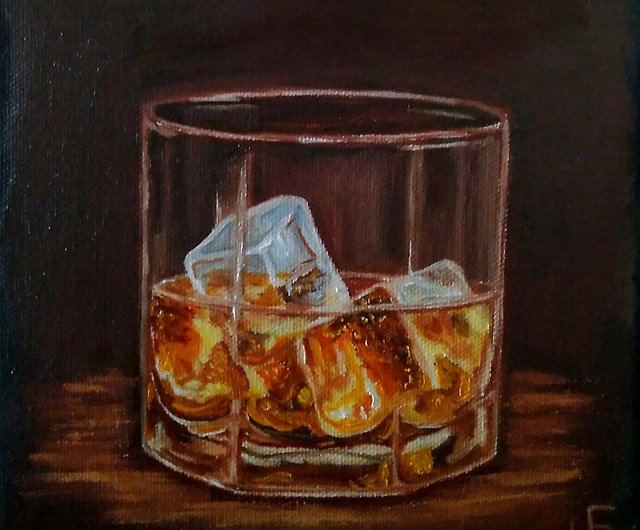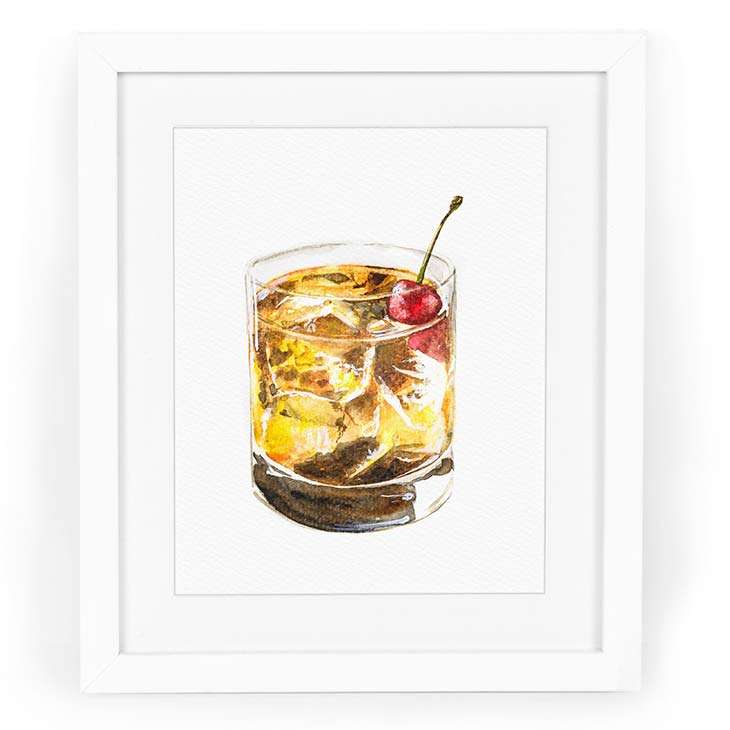Unveiling the Appeal of Bourbon Art: A Homage to Craft Distillers
Unveiling the Appeal of Bourbon Art: A Homage to Craft Distillers
Blog Article
The Importance of Whiskey Art in Celebrating Heritage and Craftsmanship in the Beverage Industry
The elaborate relationship between whiskey art and the celebration of heritage and craftsmanship within the beverage sector can not be overemphasized. Via attentively made containers and labels, whiskey brand names envelop their historical roots and the artisanal abilities that specify their manufacturing approaches. This artistic dimension not just improves market appeal but additionally acts as a conduit for social narration, cultivating a much deeper connection between the customer and the craft. As we discover the different elements of this topic, intriguing concerns regarding the impact of modern-day trends on conventional methods emerge, triggering additional evaluation.
The Historic Roots of Whiskey
At the heart of scotch's attraction lies a rich tapestry of historical roots that map back to old civilizations. The beginnings of bourbon can be connected to the purification techniques of the Sumerians and Babylonians around 2000 BCE, where early forms of fermented grain drinks started to emerge. It was in the Center Ages that the art of distillation advanced considerably, specifically in Ireland and Scotland, leading to the development of scotch as we recognize it today.
The term "whiskey" itself obtains from the Gaelic word "uisce beatha," implying "water of life." This expression emphasizes the cultural relevance of whiskey in Celtic societies, where it was frequently related to routines, events, and common bonding. By the 15th century, purification ended up being an acknowledged craft within reclusive neighborhoods, leading the way for the establishment of lawful distilleries.
As trade routes expanded, scotch's appeal grew, transcending regional limits and recording the interest of aficionados worldwide. Bourbon Art. This historical journey reflects not just the workmanship behind bourbon production yet additionally its essential role in social and social contexts, noting it as a substantial drink throughout background
Artistic Expression in Branding
Scotch branding stands as an engaging crossway of creativity and business, where aesthetic identification plays an essential duty fit customer perception. The appearances of scotch labels, packaging, and marketing products mirror not just the brand name's story but additionally its core worths and heritage. Via artistic expression, distilleries communicate a story that reverberates with customers, stimulating feelings and sparking connections.
Making use of shade, typography, and imagery in branding offers to differentiate products in a saturated market. Standard concepts might evoke a sense of authenticity and craftsmanship, while contemporary layouts can symbolize innovation and forward-thinking. This strategic creative instructions boosts brand name recognition and commitment, allowing consumers to forge a personal partnership with the whiskey they select.
In addition, artistic expression in branding often works as a celebration of local heritage. Distilleries regularly incorporate neighborhood signs or historic referrals into their designs, creating a local color that invites customers to take part in a more comprehensive cultural experience. Eventually, the creativity behind whiskey branding not just boosts visual charm but additionally enriches the overall story of the brand name, promoting a much deeper appreciation for the workmanship and heritage ingrained in each container.
Craftsmanship in Bottle Layout
The virtuosity apparent in bourbon branding prolongs past aesthetic identity to encompass the craftsmanship included in bottle design. Each container acts as a vessel not just for the spirit within, but likewise for the story it informs concerning its high quality, beginning, and custom. The design process needs precise focus to detail, as components such as product, closure, and shape contribute substantially to the total understanding of the whiskey.
Craftsmanship in container layout includes selecting premium glass that can improve the whiskey's color and clearness, while likewise giving a responsive experience for the customer. The silhouette of the bottle must be both aesthetically enticing and practical, often mirroring the heritage of the brand. Several distilleries select unique forms or embossed logos that evoke a feeling of authenticity and background.
Furthermore, the label design and typography play a vital role in connecting the brand name's story. Bourbon Art. A well-crafted container not just astounds the consumer's eye but also reinforces the brand's dedication to top quality and practice. This way, the workmanship of container layout ends up being a vital facet of the bourbon experience, combining artistry with an extensive regard for heritage
Social Value of Scotch Art
Commemorating custom and workmanship, the cultural significance of whiskey art transcends mere visual appeals, intertwining with the social and historic stories of the regions from which it comes from. Each container acts as a canvas, showing the special stories, folklore, more information and traditions that have actually shaped neighborhood whiskey-making techniques. The intricate designs typically mirror the heritage of the distillers, including symbols and themes that reverberate with the society and values of their communities.

Furthermore, scotch art plays an important function in common gatherings and parties, offering as a tangible link between people and their shared experiences. By valuing the creativity in scotch packaging, customers grow a much deeper understanding and see this site respect for the craft, ultimately enriching their enjoyment of the beverage itself.
Modern Trends in Bourbon Presentation
Over the last few years, the presentation of bourbon has developed to reflect modern preferences and trends while still honoring typical craftsmanship - Limited Edition. Distilleries are progressively concentrating on visual aspects that boost the overall drinking experience, linking the gap in between heritage and modernity
Ingenious bottle styles have arised, often integrating lasting materials and artistic labels that inform compelling tales. Many brand names now collaborate with local musicians, instilling their products with one-of-a-kind visual expressions that reverberate with consumers. Furthermore, limited-edition releases are commonly packaged in collectible containers, adding worth and allure for aficionados.

Final Thought
In conclusion, whiskey art offers as a crucial conduit for sharing the heritage and workmanship inherent in the beverage industry. With intricate branding, innovative bottle styles, and culturally significant creative aspects, bourbon brand names effectively recognize their practices and attach with consumers.


Craftsmanship in container layout entails selecting premium glass that can improve the bourbon's color and quality, while also offering a responsive experience for the my website customer. In this method, the craftsmanship of container style ends up being a vital element of the scotch experience, combining artistry with a profound respect for heritage.
In conclusion, scotch art offers as a crucial conduit for expressing the heritage and craftsmanship intrinsic in the beverage industry.
Report this page